Tapioca
Spiralling whitefly
Symptoms of damage
Identification of pest
Eggs: Concentric rings covered with mealy coat
Nymph: With numerous evenly spaced short glass like rods of wax on the sides of the body
Adult: Powdery white, active during early morning hours
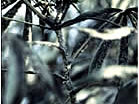

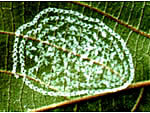
Management
Whitefly
Symptoms of damage
Identification of pest
Nymph: Greenish yellow, oval in outline
Adult: Minute insects with yellow body covered with a white waxy bloom
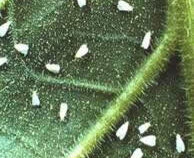
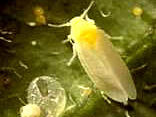

Management
Cassava scale
Symptoms of damage
Identification of pest
Hard scale, oval and mussel like
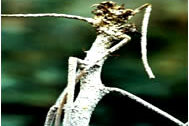

Management
Cassava mealy bug
Symptoms of damage
Identification of pest
Cassava mealy bug is pinkish in colour
Its body is surrounded by very short filaments, and covered with a fine coating of wax.
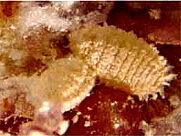

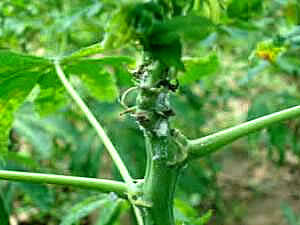
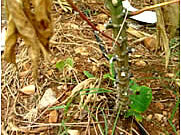

Management
